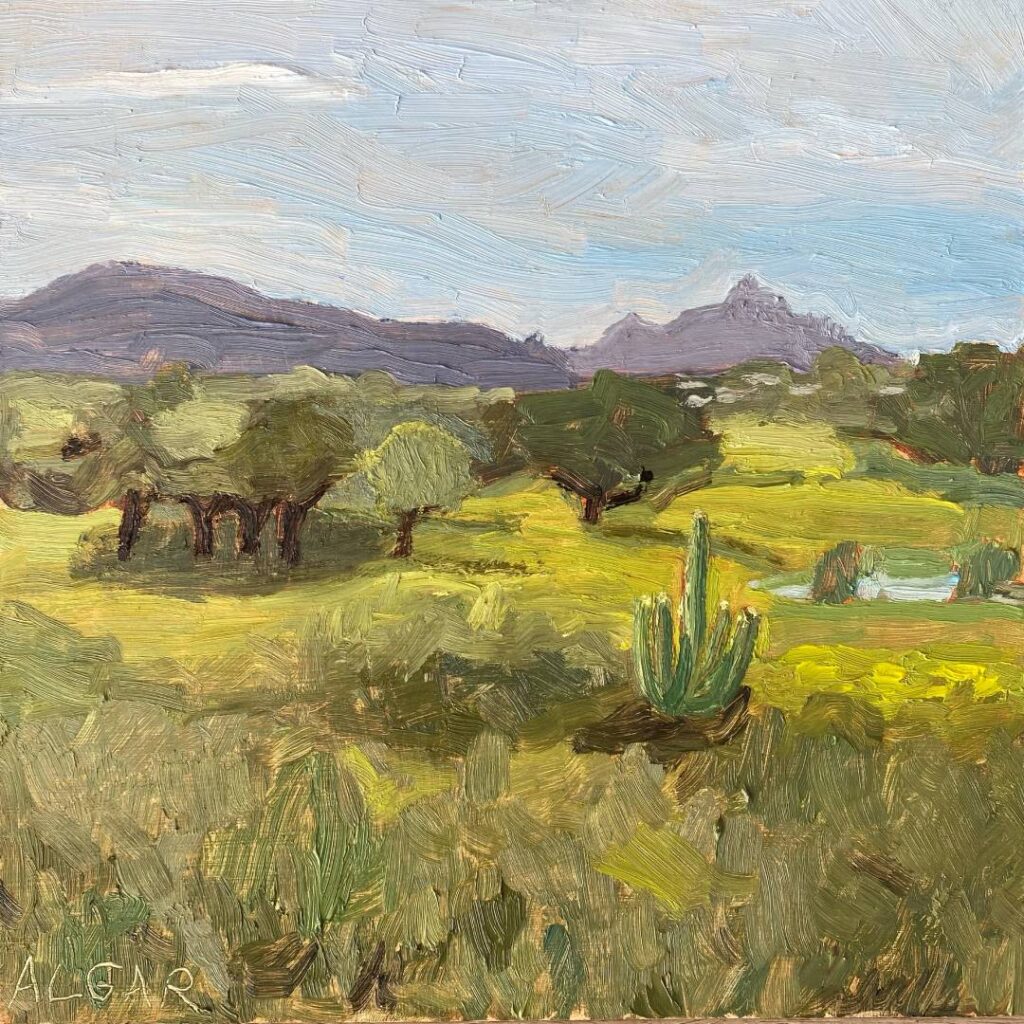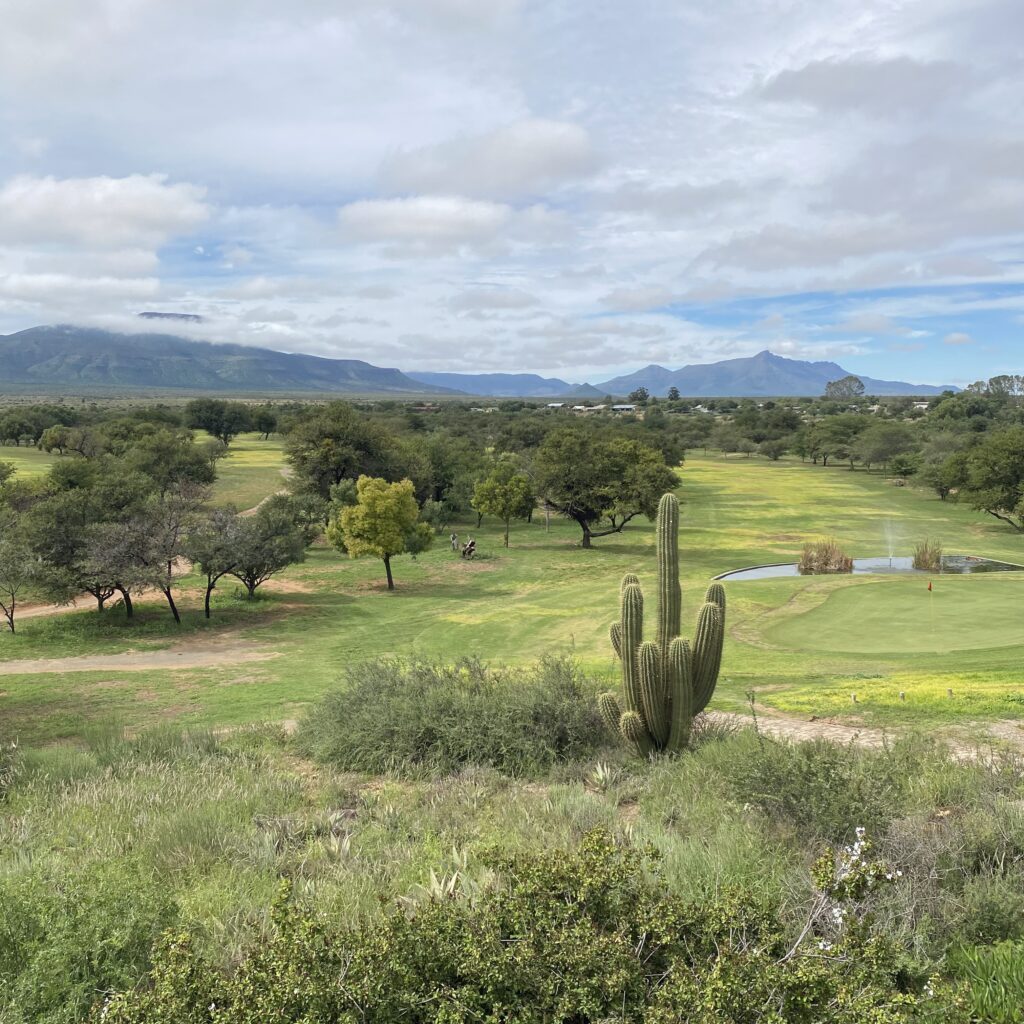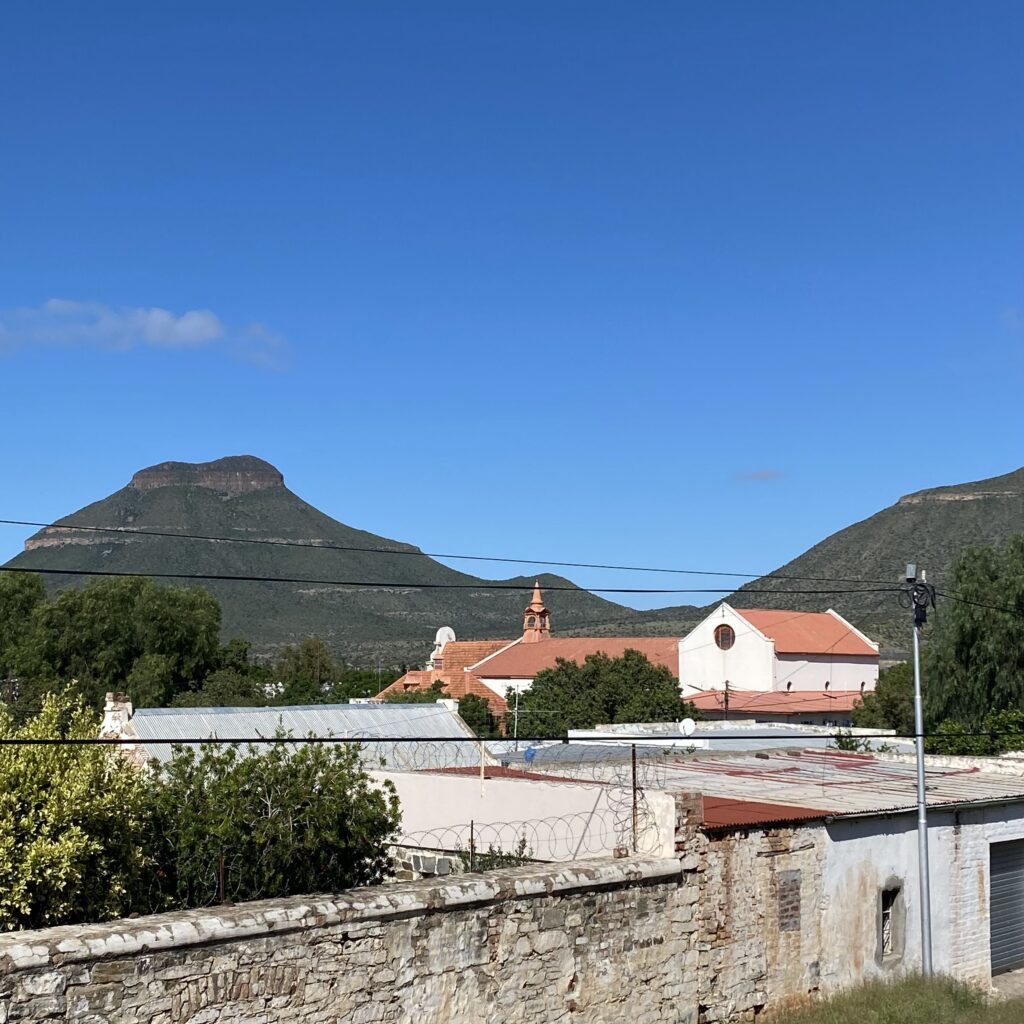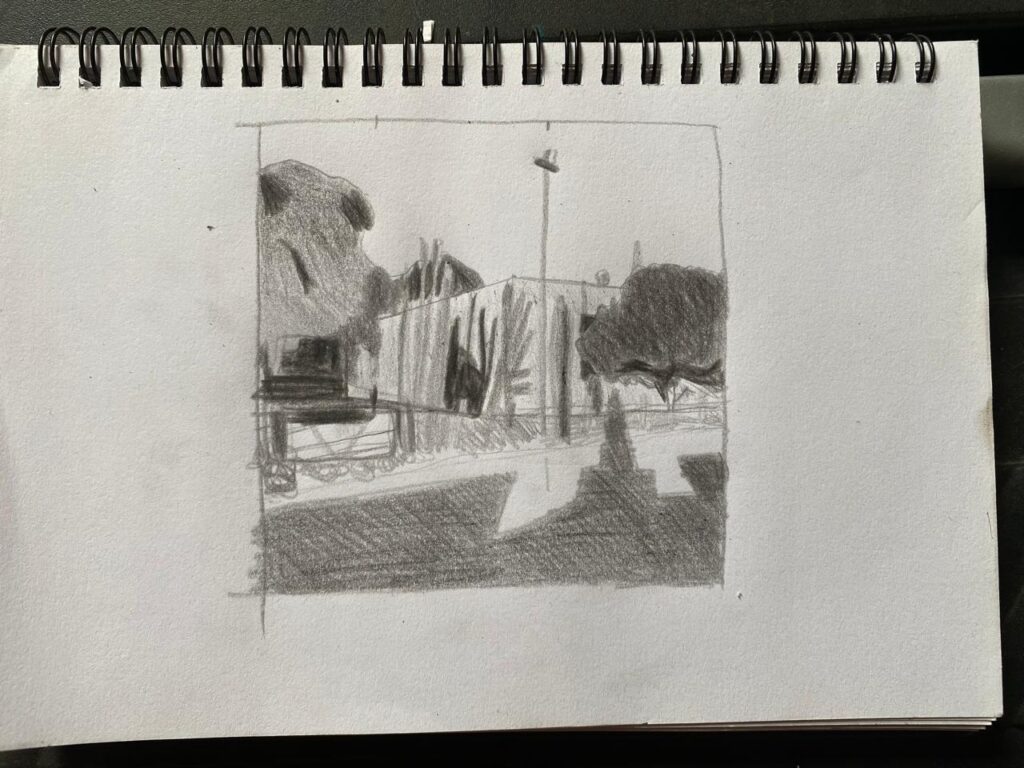As a landscape painter, the search for inspiration is a constant and exciting journey. In my artistic journey I’ve been fortunate to witness and capture the beauty of a handful of South Africa’s diverse environments. While the dramatic coastlines and verdant valleys of the Overberg region in South Africa once held my primary focus, I now find myself immersed in the captivating and unique landscapes of the Karoo.
This vast and semi-arid region, with its wide-open skies, dramatic rock formations, resilient flora, and the subtle shifts of light across its expansive plains, offers a completely new palette of inspiration. It’s a testament to the fact that artistic discovery is an ongoing process, deeply intertwined with the places we inhabit.

Discovering Subjects in a New Environment:
The process of finding compelling subjects remains the same, but the scenery itself is a revelation. Exploring the Karoo involves observing the stark beauty of its weathered mountains, the intricate textures of its hardy vegetation, and the way the intense sunlight casts long, sharp shadows across the land. Even seemingly barren stretches hold a unique visual poetry.
Just as I did in previous locations, I take notes when a particular scene or effect captures my attention. A striking rock outcrop bathed in the golden light of dawn, the intricate patterns of drought-resistant plants, or the immense, star-filled night skies – these are the moments I document, often with a quick phone photograph and notes on the time and atmospheric conditions. These initial encounters often lead to plein air painting sessions or serve as starting points for studio work.
The early mornings and late afternoons in the Karoo are particularly inspiring. The low angle of the sun dramatically sculpts the terrain, revealing subtle variations in color and form that might be missed during the harsh midday light. These are the times I’m most drawn to scout for potential painting locations.
The Universal Appeal of Painting En Plein Air:
The allure of en plein air painting transcends geographical boundaries. Whether I was capturing the coastal light of the Cape or now seeking to interpret the vastness of the Karoo, the direct engagement with the landscape remains a fundamental and deeply rewarding aspect of my practice.
The challenges of painting outdoors – the shifting light, the bugs and the elements, and the occasional curious observer – push my artistic boundaries, encouraging a directness and energy in my brushstrokes as I strive to capture the fleeting essence of a moment.
My Approach to Composition and Preparation, Karoo Edition:
Whether I’m setting up my easel in the veld of the Karoo or preparing to work under a tree on the homestead, the initial steps remain the same. I always take reference photographs of my chosen view. While painting from life is my preferred method, having a visual record provides invaluable support, especially when the Karoo sun dictates shorter painting sessions.
These photographs also help me explore different compositions and establish the framework for my initial value sketches.


The practice of creating a quick three-value pencil sketch remains a crucial part of my process. Spending those initial 15-20 minutes mapping out the composition and identifying the key areas of light, shadow, and mid-tone is essential for building a strong foundation for the painting, regardless of the subject or location.


Adapting Photographic References for painting:
While painting directly from life offers an unparalleled connection to the subject, reference photographs can be a valuable tool in the artist’s toolkit. They are particularly helpful for initial subject selection, exploring compositions, and as a visual aid when time or circumstances limit plein air sessions. However, it’s crucial to remember that a photograph captures a flattened representation of reality. To translate a photographic reference into a dynamic and engaging painting, consider the following:
- Embrace Atmospheric Perspective: Photographs often compress the sense of depth. When painting from a photo, consciously exaggerate the effects of atmospheric perspective. This means that objects in the distance will appear less saturated in color, lighter in value, and with softer edges compared to objects in the foreground. Introduce subtle shifts in color temperature as elements recede, often becoming cooler and bluer in the distance.
- Enhance the Illusion of Depth: Beyond atmospheric perspective, consider how overlapping shapes and variations in scale can create a stronger sense of three-dimensionality in your painting than might be immediately apparent in the photograph.
- Don’t Be a Slave to Exact Values and Colors: Photographs can sometimes distort colors and flatten tonal ranges. Use the photograph as a starting point, but trust your artistic eye and memory of observing the scene in person (if possible). Be willing to adjust values to create more dramatic light and shadow, and subtly shift colors to enhance the mood or capture a more nuanced representation of what you saw or felt.
- Consider the Time of Day and Light Quality: Your photograph captures a specific moment. Think about the broader conditions – was the light warm and golden, cool and overcast, or something in between? Infuse your painting with the overall light quality you remember or wish to convey, rather than strictly adhering to the photograph’s lighting.
- Infuse Your Personal Interpretation: Ultimately, your painting should be more than a mere copy of a photograph. Use the photo as a springboard for your artistic vision. Consider what drew you to the scene in the first place – the mood, the feeling, the unique shapes or colors – and emphasize those aspects in your painting. Allow your personal style and interpretation to guide your brushstrokes and color choices.
By consciously adapting and interpreting photographic references, you can avoid the flatness that sometimes characterizes paintings that strictly adhere to their source material. Instead, you can use photographs effectively to support and enhance your artistic expression, whether you’re painting landscapes inspired by the Karoo or any other captivating environment.
Ultimately, the journey of an artist is one of continuous exploration and adaptation. Moving to the Karoo has opened up a new chapter in my artistic life, providing a wealth of fresh inspiration and reinforcing the enduring joy and importance of connecting directly with the landscape through plein air painting.
Leave a Reply